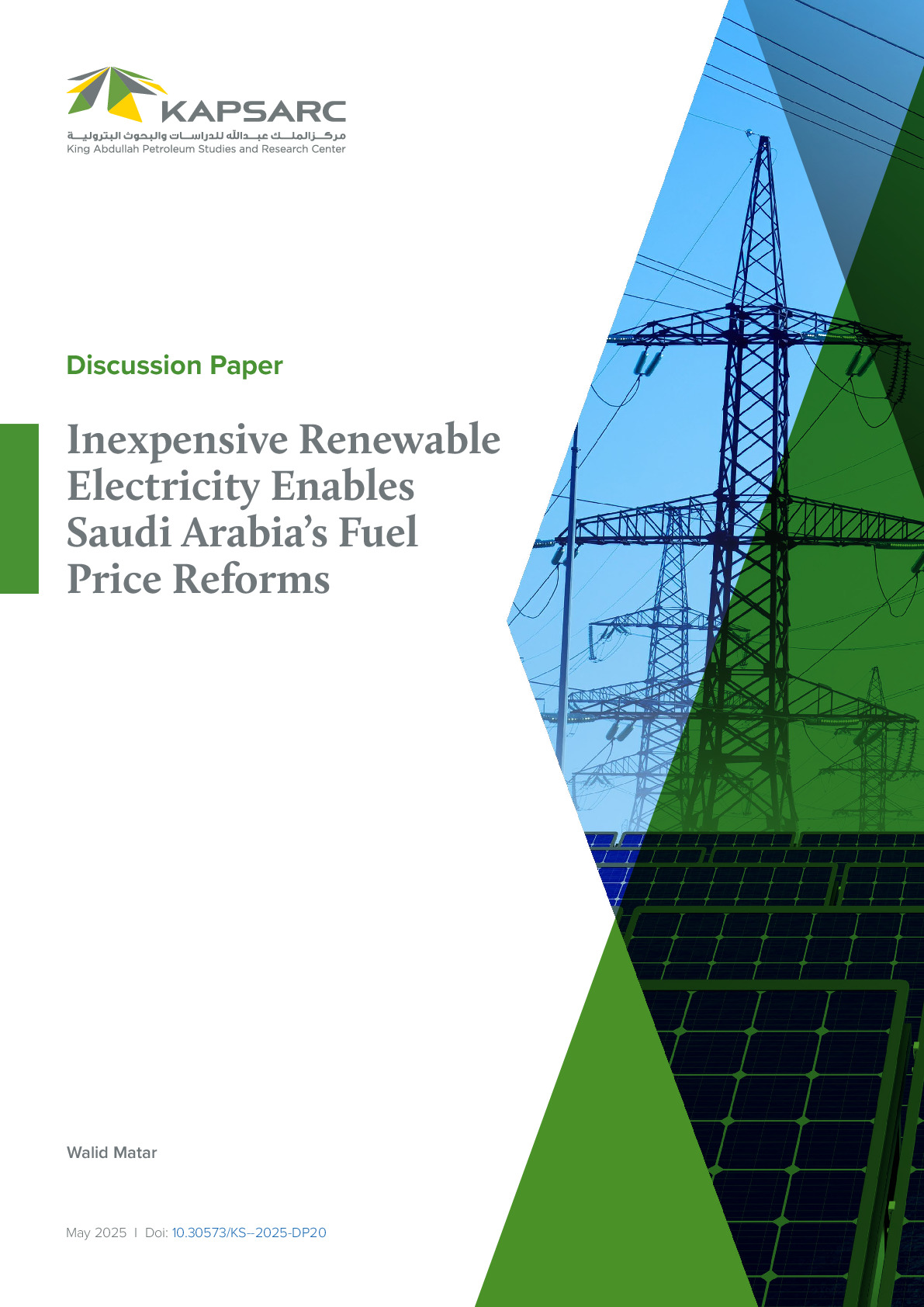To integrate or not to integrate petrochemicals – that is the question posed by this paper for Saudi Arabian oil refineries. The viability of combining domestic oil refining and petrochemical activities is investigated using an energy system model for Saudi Arabia. Two scenarios are examined: one allows intermediate naphtha streams to flow freely from refineries to petrochemical equipment, while the other prevents petrochemical units from using intermediate naphtha. The modeling analysis reveals present cost savings of $10 billion from 2023 to 2060 due to integration. Since two Saudi refineries are already equipped with petrochemical processes, the lower cost indicates that the integration of the two activities has been beneficial for both industries.

Principal Fellow- Oil & Gas
Walid works on modeling energy systems. He is developing or has developed the following components of the KAPSARC Energy Model…
Walid works on modeling energy systems. He is developing or has developed the following components of the KAPSARC Energy Model (KEM): electric power generation, oil refining, petrochemicals and fertilizers, cement production, and iron and steel. He is also working on a bottom-up residential electricity use framework that merges microeconomics with the physical laws governing electricity use.
Expertise
- Energy Systems Modeling
- Optimization
- Electricity Prices
- Energy Efficiency and the Interdisciplinary Connection Between Energy Economics and Engineering
Publications See all Walid Matar’s publications

Inexpensive Renewable Electricity Enables Saudi Arabia’s Fuel Price Reforms
To integrate or not to integrate petrochemicals – that is the question posed by this…
20th May 2025
Costs of Switching Fuels and Manufacturing Processes for Construction Materials Companies in Saudi Arabia
To integrate or not to integrate petrochemicals – that is the question posed by this…
6th May 2025